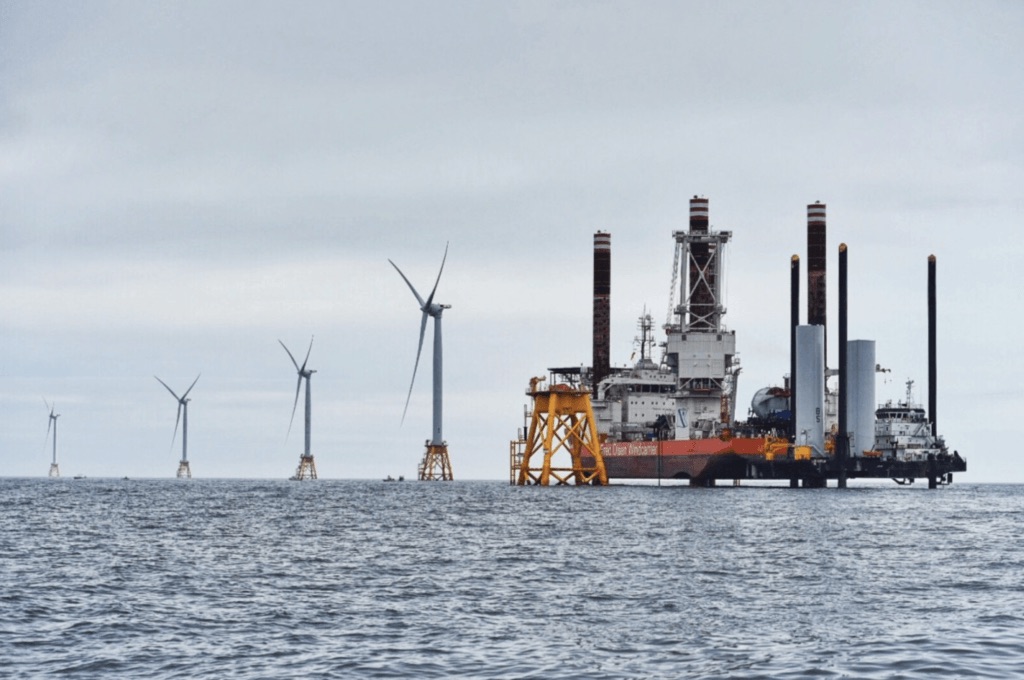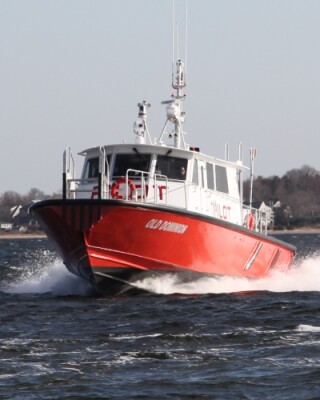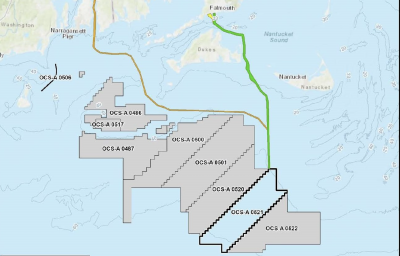There is enormous growth potential in offshore wind power. Millions of acres immediately off U.S. shorelines have been implemented in the last five years, and with this growth comes the potential to revitalize ports and coasts as more wind farms are built.

Jack Martone
Shipbuilding is already being affected, with 18 different specialized Jones Act support vessels being developed for this particular industry — 83,000 new jobs are expected by 2030.
Many different trades, industries, businesses and sectors are coming together to make offshore wind farms a reality. Considerations include:
- Maintenance and repair, which requires a host of support vessels
- Loading and moving, which requires piers and infrastructure along the coast
- Transportation hubs, which are needed to move material
- Construction needs, which include housing for workers, materials handling, etc.
- Impact on sea life and fisheries, which involves biologists and similar professionals
Employers must insure liabilities for illness, injury and death of employees. Offshore wind will bring new workers’ compensation challenges to the surface. Employers must sort out various occupational liability exposures and ensure adequate coverage under the following acts.
Jones Act
Offshore wind will require a large variety of vessels for crew, supply, maintenance, service, installation, construction, and more. Most likely, the Jones Act will apply to all vessel traffic to, from, and between the wind turbines and ports. Under this act, crewmembers have the right to sue their employer in tort based on negligence. An employer can have Jones Act exposure even if it doesn’t own or operate any vessels.
Death on the High Seas Act
This federal statute provides a tort remedy for accidental deaths, both crew and non-crew, outside state waters. It is the exclusive remedy for deaths that occur on the Outer Continental Shelf.
General Maritime Law
Under general maritime law, the vessel owner must provide all crew with a reasonably safe place to work. The remedy includes damages for vessel unseaworthiness, maintenance and cure, transportation and wages.
Longshore and Harbor Workers’ Compensation Act (LHWCA)
For longshore or harbor employees engaged in maritime employment to be covered, their injury must occur upon the navigable waters of the US or adjoining areas used to load, unload, dismantle or build a vessel. Crewmembers are expressly excluded from this coverage.
It is notoriously difficult to distinguish liability under the Jones Act from that of the LHWCA, as coverage can overlap. We will have to wait and see how this plays out with offshore wind.
Outer Continental Shelf Lands Act (OCSLA)
While it requires a separate policy, OCS law coverage is essentially an extension of LHWCA. It begins three miles outside state waters and extends U.S. laws and jurisdiction to all artificial islands and installations. The assumption is that it will apply to each wind farm turbine installation site, though the law does not specifically reference wind energy.
State Workers’ Compensation Law
Any employee who is not a crewmember of a vessel and not covered by LHWCA or OCSLA will be covered for workplace injuries by state act workers’ compensation laws. In many (but not all) states on the Eastern Seaboard, the LHWCA and state act compensation law will apply simultaneously to the same injury.
Recommendations for Brokers and Employers
The growing offshore wind industry is going to involve massive infrastructure and new exposures that didn’t exist before. Employers will face uncapped, potentially-unlimited liability under the Jones Act and the general maritime law. Furthermore, there is possible criminal exposure and personal liability for corporate officers if you get the comp part of it wrong.
There is no shortage of coverage available. The challenge for employers is making sure the right insurance is in place for the exposures that exist.
Jack Martone is senior vice president, AEU Advisory Services for The American Equity Underwriters Inc., a leading provider of USL&H to waterfront employers. Martone served for 27 years in the U.S. Department of Labor, Office of Workers Compensation Programs, as chief, Branch of Insurance, Financial Management, and Assessments and acting director, Division of Longshore and Harbor Workers' Compensation for the U.S. Department of Labor. As branch chief, Martone directed the licensing and regulation of insurance carriers and self-insured employers under the Longshore and Harbor Workers’ Compensation Act.





